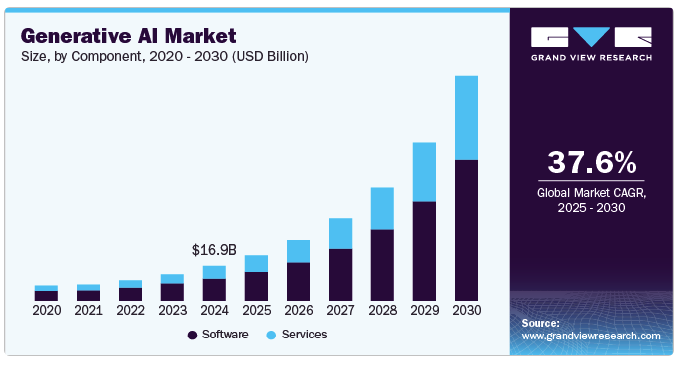React component architecture is a way of designing apps that divides the user interface into separate, reusable elements known as components. Each component is responsible for its own data and display, making the app more organized, versatile, and manageable. This method enables developers to create large applications by integrating basic building components, resulting in improved speed, faster updates, and seamless scalability as the program evolves. Since each component functions separately, modifications to one area of the program do not affect the overall system, allowing for faster and more efficient development.
How React Component Architecture Helps in Scalability
1. Hierarchical Structure
React’s component architecture facilitates application scaling by organizing components in a hierarchical manner. Smaller components are nested within bigger ones, much like building blocks, to aid in the management of complicated programs. This structure adheres to the UI layout, making it evident how various elements of the program link. As the program expands, new features can be introduced without disrupting current components. Since each component operates separately, upgrades and maintenance are simplified. This modular strategy increases code reusability, lowers mistakes, and assures that even big programs stay well-organized and expandable over time.
2. Incremental Updates
React’s component architecture promotes scalability by promptly handling updates. Instead of refreshing the full page, React employs a virtual DOM to identify just the parts that require updating. This implies that the UI refreshes rapidly and without disrupting other components, resulting in improved speed. For big and dynamic apps, this strategy avoids unneeded re-renders, allowing the program to operate smoothly even as it develops. By updating just the necessary items, React provides quicker load times, a better user experience, and less resource utilization. This makes it easier to grow apps while maintaining responsiveness and efficiency.
3. Isolation of Logic
React’s component architecture separates application components, making them easier to maintain and grow. The UI and business logic are handled separately, allowing developers to construct and reuse components without having to deal with complicated state management. This separation guarantees that each component is dedicated to a single purpose, decreasing mistakes and boosting maintainability. When scaling a program, new features can be introduced without disrupting the rest of the system. React’s logic isolation allows teams to work on multiple portions of the app at the same time, making development faster, more organized, and simpler to scale as the project expands.
4. Independent Units
React’s component architecture enables applications to scale effectively by making each component independent. Every component handles its own state and presentation, so updates or modifications to one element of the program will not affect the others. This modular framework allows you to add new features, repair bugs, and update certain components without impacting the overall system. Because components are self-contained, teams can work on different areas of the program at the same time, which speeds up development. This independence also enhances code reuse and maintainability, ensuring that the program remains organized and manageable as it expands.
At Mindpath, elevate your app’s performance and scalability with our expert React development services.
Ready to build something amazing? Contact us today!
Next Up: Learn about State Management in React and its role in scalable applications.















